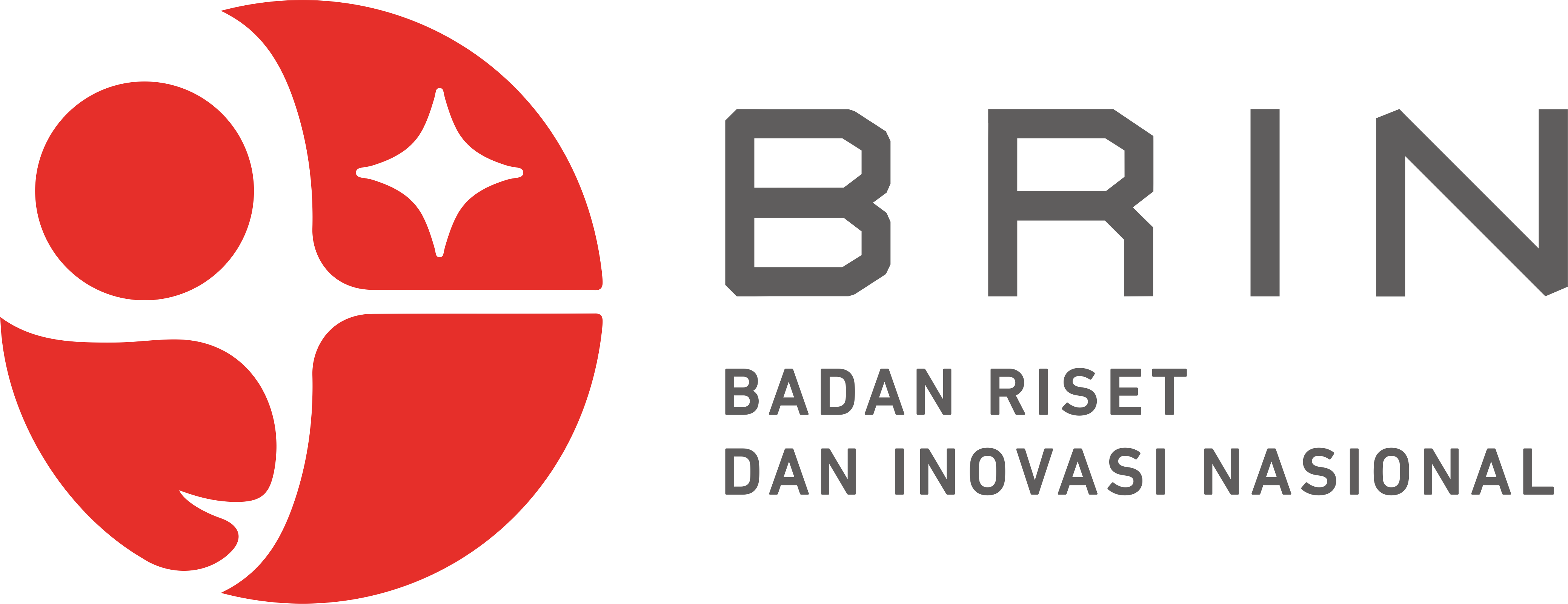MEASURING MIDWIFERY UNDERGRADUATE SCIENTIFIC LITERACY AND REASONING: SCIENTIFIC WRITING ON MICROBIOLOGY
Keywords:
: scientific writing, scientific literacy, arguments, rubricsAbstract
Students are encouraged to use critical thinking skills in their current coursework to solve case studies. Students can express their critical thinking through written communication. Scientific writing demonstrates students’ logical reasoning and comprehension of a problem. Proficiency in scientific writing is essential for midwifery students who wish to disseminate best practices or pursue their careers as lecturers or researchers. However, scientific writing is common for students who completing their final projects. In this paper, we assessed first-year undergraduate scientific literacy and argumentation on microbiology. We assessed students’ scientific writing using a rubrics. Based on rubrics criteria, students’ critical thinking skills demonstrated their ability to examine data, but their skills in problem identification and data transformation remain limited
References
Cabreja-Castillo, M., Hernandez, L., Mustafa, A., Hungria, G., & Bertoli, M. T. (2023). COVID-19 Scientific Literacy in Medical and Nursing Students. Journal of Microbiology & Biology Education, 24(1). https://doi.org/10.1128/jmbe.00219-22
Clabough, E. B. D., & Clabough, S. W. (2016). Using rubrics as a scientific writing instructional method in early stage undergraduate neuroscience study. Journal of Undergraduate Neuroscience Education, 15(1), A85–A93.
Creedy, D. K., Gamble, J., Boorman, R., & Allen, J. (2021). Midwives’ self-reported knowledge and skills to assess and promote maternal health literacy: A national cross-sectional survey. Women and Birth, 34(2), e188–e195. https://doi.org/10.1016/j.wombi.2020.02.018
Dowd, J. E., Thompson, R. J., Schiff, L. A., & Reynolds, J. A. (2018). Understanding the complex relationship between critical thinking and science reasoning among undergraduate thesis writers. CBE Life Sciences Education, 17(1). https://doi.org/10.1187/cbe.17-03-0052
Erkol, M., Kişoǧlu, M., & Büyükkasap, E. (2010). The effect of implementation of science writing heuristic on students’ achievement and attitudes toward laboratory in introductory physics laboratory. Procedia - Social and Behavioral Sciences, 2(2), 2310–2314. https://doi.org/10.1016/j.sbspro.2010.03.327
Gormally, C., Brickman, P., & Lut, M. (2012). Developing a test of scientific literacy skills (TOSLS): Measuring undergraduates’ evaluation of scientific information and arguments. CBE Life Sciences Education, 11(4), 364–377. https://doi.org/10.1187/cbe.12-03-0026
Gvili, I. E. F., Weissburg, M. J., Yen, J., Helms, M. E., & Tovey, C. A. (2016). Development of scoring rubric for evaluating integrated understanding in an undergraduate biologically-inspired design course. International Journal of Engineering Education, 32(1), 123–135.
Holbrook, J., & Rannikmae, M. (2009). The meaning of scientific literacy. International Journal of Environmental and Science Education, 4(3), 275–288.
Holincheck, N., Galanti, T. M., Trefil, J. (2022). Assessing the development of digital scientific literacy with a computational evidence-based reasoning tool. Journal of Educational Computing Research, 60(7), 1796–1817.
Horanska, T. V., Bakumenko, T. K., Polishchuk, V. L., Atamanchuk, I. M., & Turchyn, T. M. (2022). Development of Students’ Verbal and Logical Thinking in the Course of Research Work. Journal of Curriculum and Teaching, 11(1), 185–194. https://doi.org/10.5430/jct.v11n1p185
Howell, E. L., & Brossard, D. (2021). (Mis)informed about what? What it means to be a science-literate citizen in a digital world. Proceedings of the National Academy of Sciences of the United States of America, 118(15), 1–8. https://doi.org/10.1073/pnas.1912436117
Li, Y., & Guo, M. (2021). Scientific Literacy in Communicating Science and Socio-Scientific Issues: Prospects and Challenges. Frontiers in Psychology, 12(November). https://doi.org/10.3389/fpsyg.2021.758000
Mantai, L., Swain, C., Bearman, M., & Brew, A. (2024). Assessment of student learning in undergraduate research engagement. Higher Education Research and Development, 43(4), 937–951. https://doi.org/10.1080/07294360.2023.2218808
Norris, S.P. & Phillips, L. M. (2003). How literacy in its fundamental sense is central to scientific literacy. Science Education, 87, 224–240.
Opitz, A., Heene, M., & Fischer, F. (2017). Measuring scientific reasoning–a review of test instruments. Educational Research and Evaluation, 23(3–4), 78–101. https://doi.org/10.1080/13803611.2017.1338586
Reynders, G., Lantz, J., Ruder, S. M., Stanford, C. L., & Cole, R. S. (2020). Rubrics to assess critical thinking and information processing in undergraduate STEM courses. International Journal of STEM Education, 7(1). https://doi.org/10.1186/s40594-020-00208-5
Rosyidah, H. N., & Prasetyo, H. (2018). Prevalensi Infeksi Cacing Usus Pada Anak Di Kampung Pasar Keputran Utara, Surabaya Tahun 2017. Journal of Vocational Health Studies, 01, 117–120. https://doi.org/10.20473/jvhs.
Sezen, N., & Bülbül, A. (2011). A scale on logical thinking abilities. Procedia - Social and Behavioral Sciences, 15, 2476–2480. https://doi.org/10.1016/j.sbspro.2011.04.131
Showalter, V. (1974). What is united science education? Part 5: program objectives and scientific literacy. PRism, 2, 3–4.
Stephenson, N. S., & Sadler-Mcknight, N. P. (2016). Developing critical thinking skills using the Science Writing Heuristic in the chemistry laboratory. Chemistry Education Research and Practice, 17(1), 72–79. https://doi.org/10.1039/c5rp00102a


















